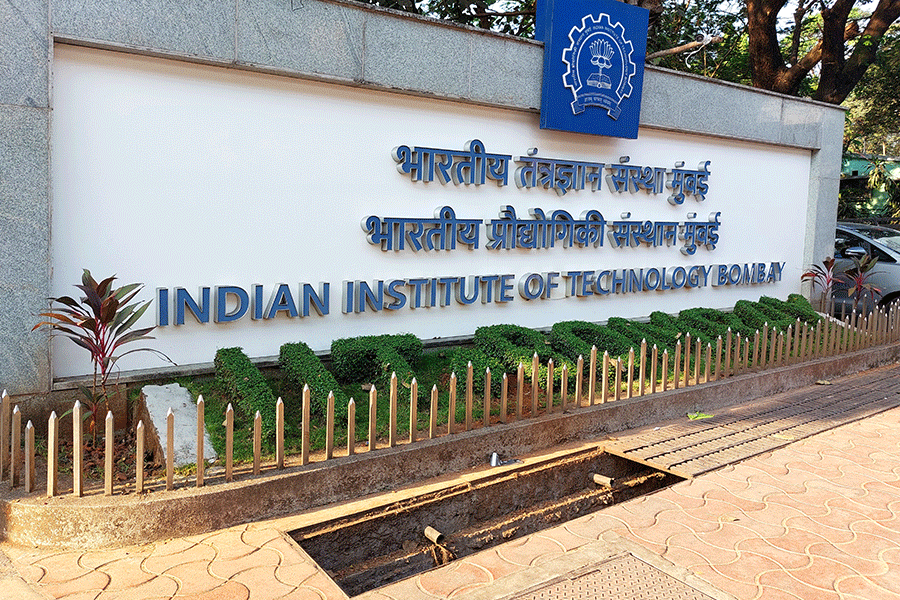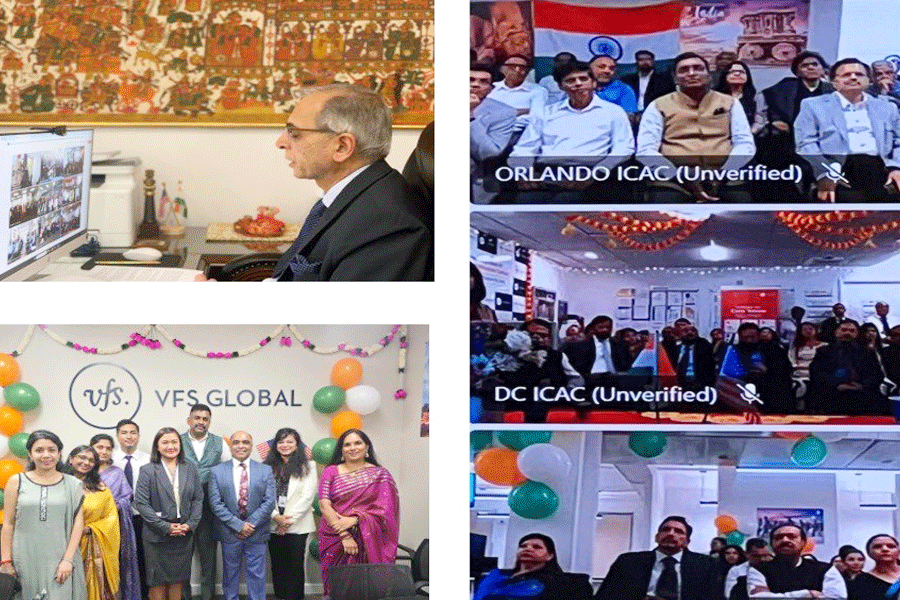
Berhampur: The forest department will make an attempt to tap into the ecotourism potential of the Ghodahada reservoir in Ganjam district and turn it into a destination for short trips.
"We have a proposal to develop the spot as an ecotourism centre with construction of a large tower on the dam. Introduction of two boats to take tourists on boat rides in the reservoir," said Berhampur divisional forest officer Asish Kumar Behera.
The reservoir covers 4.15sqkm during the rains and 3.43sqkm during summer, but it remains a perennial attractions for tourists. The dam was completed in 1974.
The reservoir acts as a unique and independent ecosystem that supports large breeding populations of mugger crocodiles. The reservoir and feeder streams are also home to a variety of fish species and reflects a close affinity to tropical fauna.
Other reptiles, mammals and birds are also found at the reservoir. Of the 46 bird species recorded in the area, 13 use the reservoir area for breeding, feeding and roosting.
The reservoir is located close to the Lakhari Valley Sanctuary and is a part of the Eastern Ghats situated near border of Ganjam and Gajapati districts, where the medium irrigation project is located on the Ghodahada river, a tributary of the Rushikulya.
Allaying fears that the presence of mugger would prove detrimental to tourists, Behera said the species was not aggressive and that there had been no reports of the animal harming fishermen of the seven adjoining villages. "The fishermen catch around 150kg fish from the reservoir every day without fear," he said. The villagers protect and nourishes these crocodiles, he added.
Mugger is one of the three crocodile species found in Odisha, the others being gharial in Satkosia and baula in Bhitarkanika.
During British rule, families of landowners kept muggers in large tanks adjacent to the Ujaleswar Temple near the reservoir. During rains, some of these muggers may have migrated to the large reservoir where they bred and increased their population over the past decades, forest department sources said.










